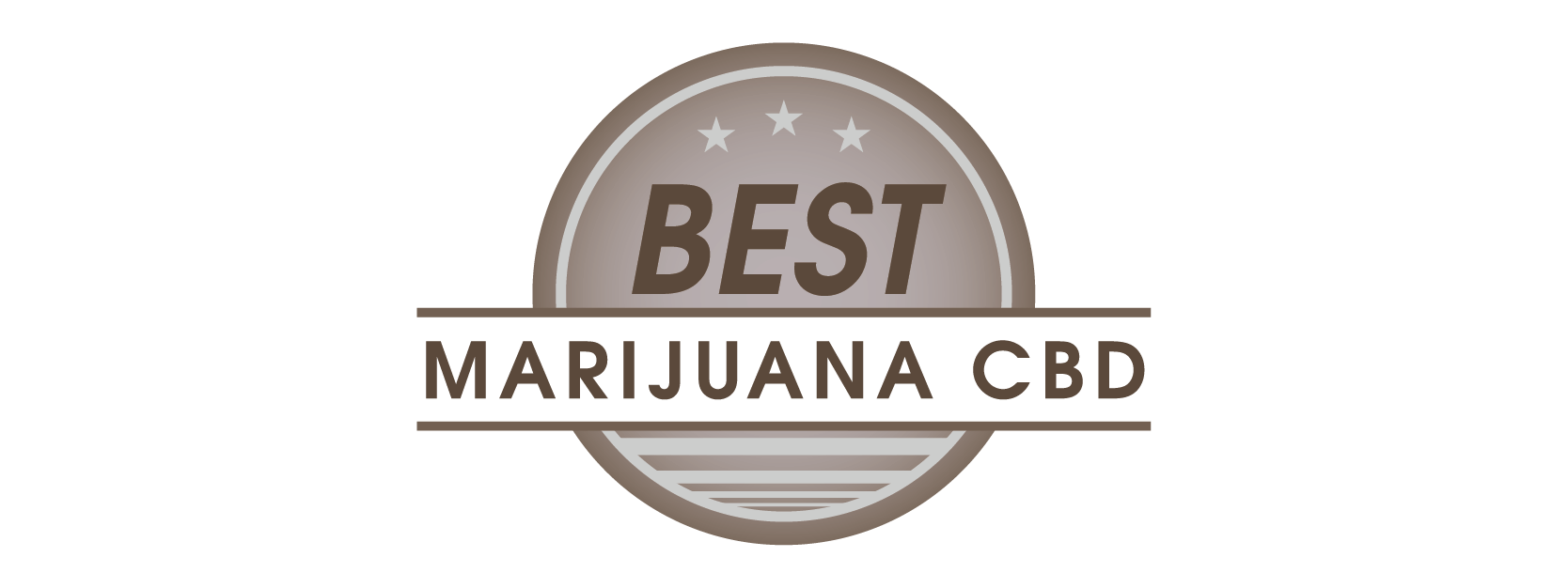Popular for its potential wellness benefits—from relaxation and pain relief to improved sleep and focus—consumers are faced with a common question: what’s the best way to take CBD? Two of the most popular methods are vaping and tinctures, each offering distinct experiences, absorption rates, and advantages. Understanding how they differ can help consumers make informed decisions about which method best fits their lifestyle and wellness goals.
Understanding CBD Vapes
Vaping CBD involves inhaling vaporized cannabidiol oil using a vape pen or cartridge. Because the CBD enters the bloodstream through the lungs, this method provides one of the fastest onset times—often within minutes. For those seeking quick relief from stress, anxiety, or acute pain, vaping can be an efficient choice.
The appeal of vaping lies in its bioavailability, meaning how much CBD actually reaches the bloodstream. Studies suggest that vaping can deliver 30–50% bioavailability, compared to around 20–30% for tinctures taken sublingually. This makes vaping one of the most effective delivery systems in terms of absorption.
However, vaping does come with considerations. Not all vape products are created equal, and the market has seen its share of low-quality cartridges containing additives like propylene glycol or vitamin E acetate—both of which can pose respiratory risks when heated and inhaled. It’s crucial for consumers to buy from reputable brands that provide third-party lab testing and COA (Certificate of Analysis) results verifying product purity and safety.
Additionally, the experience of vaping can vary based on the device and formula used. Some prefer disposable pens for convenience, while others opt for refillable vapes using specific CBD e-liquids. Consumers sensitive to inhalation or those with respiratory conditions should consider alternatives like tinctures, edibles, or topicals.
Exploring CBD Tinctures
CBD tinctures are liquid extracts typically made by combining hemp-derived CBD with a carrier oil such as MCT, hemp seed, or olive oil. They are designed to be taken sublingually—meaning a few drops are placed under the tongue for 30–60 seconds before swallowing. This allows CBD to absorb through the mucous membranes directly into the bloodstream.
While tinctures take slightly longer to take effect (around 15–45 minutes), their effects often last longer—4 to 6 hours compared to the 2–3 hour window for vapes. Tinctures also allow for precise dosage control, making them ideal for daily wellness routines or those who prefer gradual relief.
Another advantage of tinctures is versatility. They can be mixed into food or beverages or used in DIY skincare and edibles. Consumers who don’t want to inhale vapor or smoke appreciate tinctures for their discreet, smoke-free use and neutral or flavored options.
The main downside is taste—some tinctures can have an earthy or bitter flavor, though many brands now offer natural or fruit-infused varieties. Additionally, because tinctures are metabolized through the digestive system if swallowed, they may have slightly lower bioavailability than vaping. Still, their safety profile and long-lasting effects make them one of the most popular consumption methods on the market.
Which Method Is Better?
Choosing between vaping and tinctures ultimately depends on personal preference and purpose:
- For fast relief: Vaping wins for speed and bioavailability, ideal for moments of acute stress or pain.
- For long-lasting and controlled dosing: Tinctures are best for consistent, daily use.
- For discretion and simplicity: Tinctures are easier to use anywhere without equipment.
- For convenience: Vape pens are portable and require no measuring, though they need regular charging or replacements.
Many experienced CBD users actually combine both methods—using vapes for on-the-spot relief and tinctures for ongoing balance throughout the day.
Safety and Quality First
Regardless of the method, quality matters most. Consumers should always:
- Purchase from trusted brands that provide lab-tested transparency.
- Avoid products with artificial additives or synthetic cannabinoids.
- Start with low doses and gradually increase to find what works best.
For beginners, tinctures are often recommended as a starting point due to their ease of use, accurate dosing, and minimal health risks. Over time, some may explore vaping for its convenience and quick response.
Final Thought
There’s no universal “best” way to take CBD—it’s about finding what fits your body, lifestyle, and goals. Whether through a quick vape puff or a carefully measured drop under the tongue, both options offer their own pathways to potential wellness and calm.
